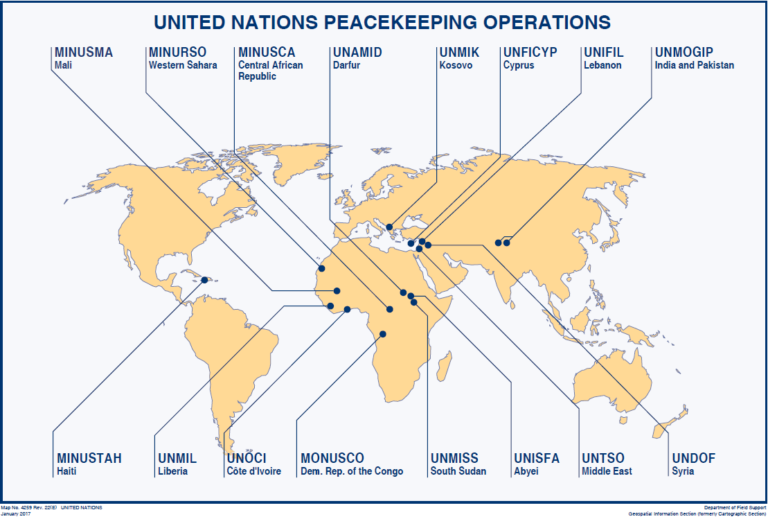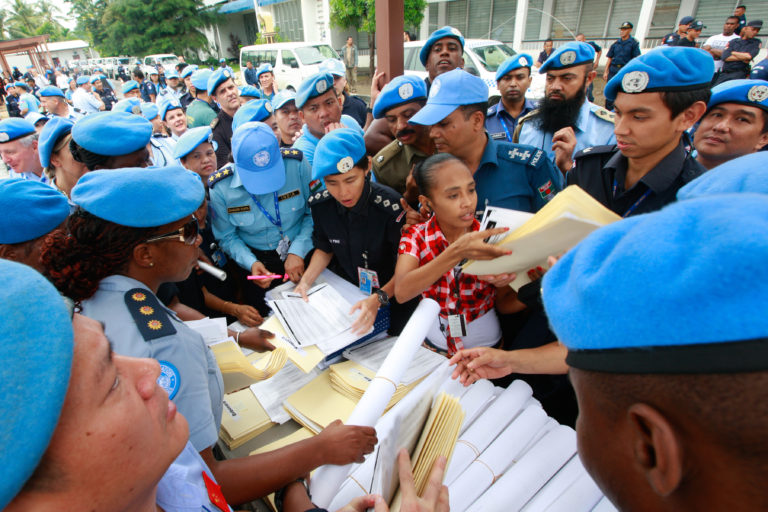Home / Nature & Environment / Climate Change / Achieving Sustainable Development / Reducing all forms of violence: from peacekeeping to peacebuilding

Reach your personal and professional goals
Unlock access to hundreds of expert online courses and degrees from top universities and educators to gain accredited qualifications and professional CV-building certificates.
Join over 18 million learners to launch, switch or build upon your career, all at your own pace, across a wide range of topic areas.


 Copyright United Nations.
Copyright United Nations.  UN and Timor Police Prepare for Presidential Elections. Credit UN Photo/Martine Perret
UN and Timor Police Prepare for Presidential Elections. Credit UN Photo/Martine Perret






